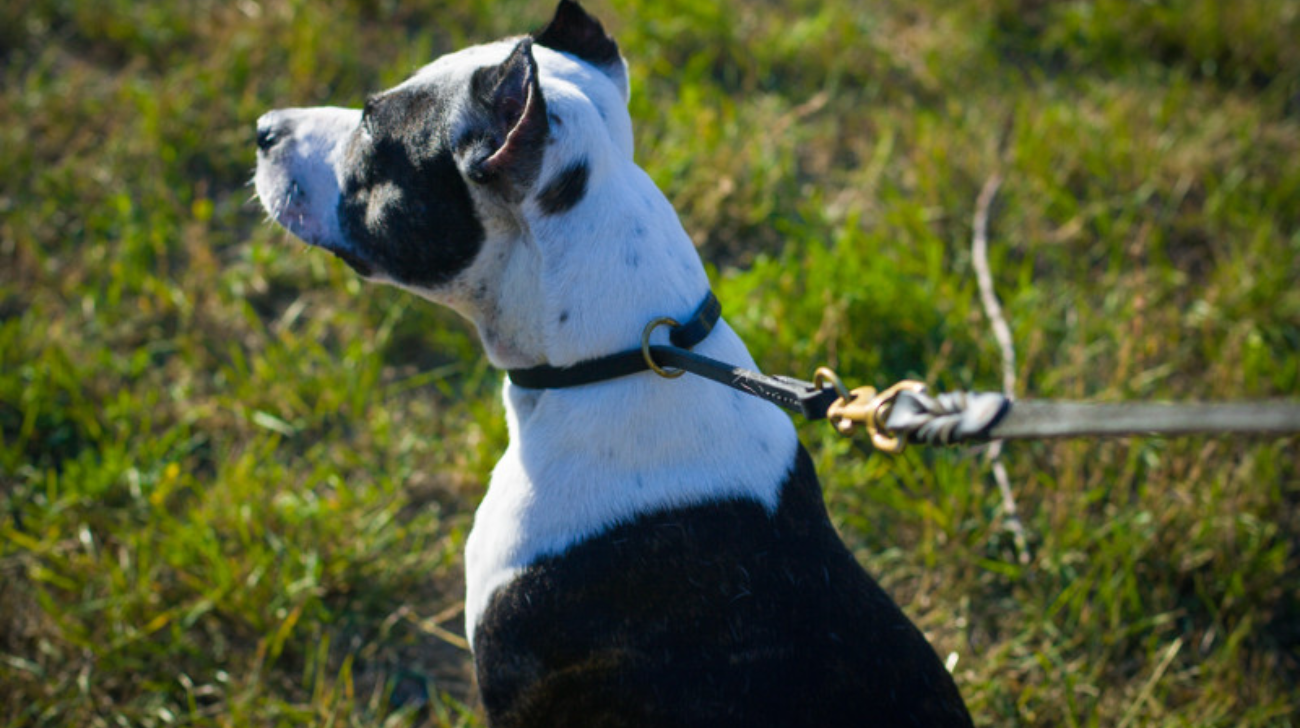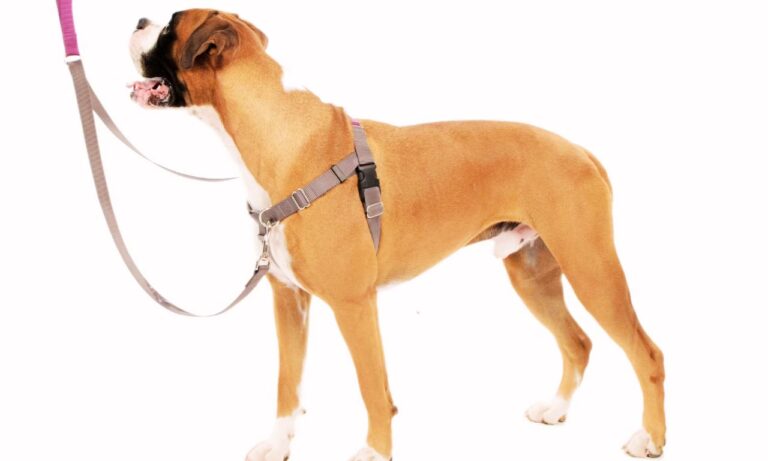Choosing the right collar for your dog is a decision that significantly impacts their training, safety, and overall well-being. When I began exploring various collar options for my spirited Border Collie, choke collars quickly came to my attention due to their controversial nature and training effectiveness claims. So, are choke collars good for training dogs?
Approximately 55% of dog owners, including myself, are either using or considering choke collars for their training needs, weighing their potential benefits against the associated safety and ethical concerns. Learn the best practices for putting a collar on thick-skinned dogs to ensure a comfortable and irritation-free fit.
Blog Highlights
ToggleWhat is a Choke Collar?

A choke collar is a type of dog collar designed to exert pressure around a dog’s neck when the leash is pulled, aiming to discourage pulling and improve control during walks and training sessions. Unlike martingale collars, choke collars tighten progressively, which can potentially cause discomfort or harm if not used correctly. I initially considered a choke collar for my Border Collie to manage his strong pulling during walks, but I had reservations about its safety and effectiveness.
Key Features:
- Design: Typically made of nylon, leather, or metal chains, featuring a loop that tightens when the leash is pulled.
- Material: Commonly constructed from durable materials like nylon, leather, or metal, offering varying levels of strength and comfort.
- Closure: Uses buckles, clasps, or metal rings to secure the collar around the dog’s neck.
- Adjustability: Adjustable to fit different neck sizes, but improper fitting can lead to discomfort or injury.
- Control Mechanism: Designed to tighten around the neck when tension is applied, aiming to reduce pulling behavior.
Choke collars are often favored for their straightforward design and immediate feedback to the dog. However, their use remains controversial among trainers and veterinarians due to potential risks.
Check out the best dog collars for Border Collie to find durable, stylish, and comfortable options for your active dog.
Are Choke Collars Good for Training Dogs | Effectiveness and Concerns in Training
Choke collars are primarily used for control and correction, but they come with significant concerns regarding a dog’s safety and comfort.
Effectiveness in Training:

Choke collars can be effective in curbing unwanted behaviors such as excessive pulling, running off, or stubbornness. Approximately 60% of dog owners report improvements in their dog’s obedience when using choke collars consistently and correctly. Personally, I observed a reduction in my Border Collie’s pulling behavior after introducing a choke collar, making our walks more manageable.
Safety Concerns:

Despite their effectiveness, choke collars pose safety risks. The tightening mechanism can exert uneven pressure on a dog’s neck, potentially leading to injuries or chronic discomfort. Approximately 30% of dogs using choke collars exhibit signs of neck irritation or injury. In my case, I noticed mild discomfort in my Border Collie’s neck after prolonged use, which prompted me to reassess its suitability.
Ethical Considerations:
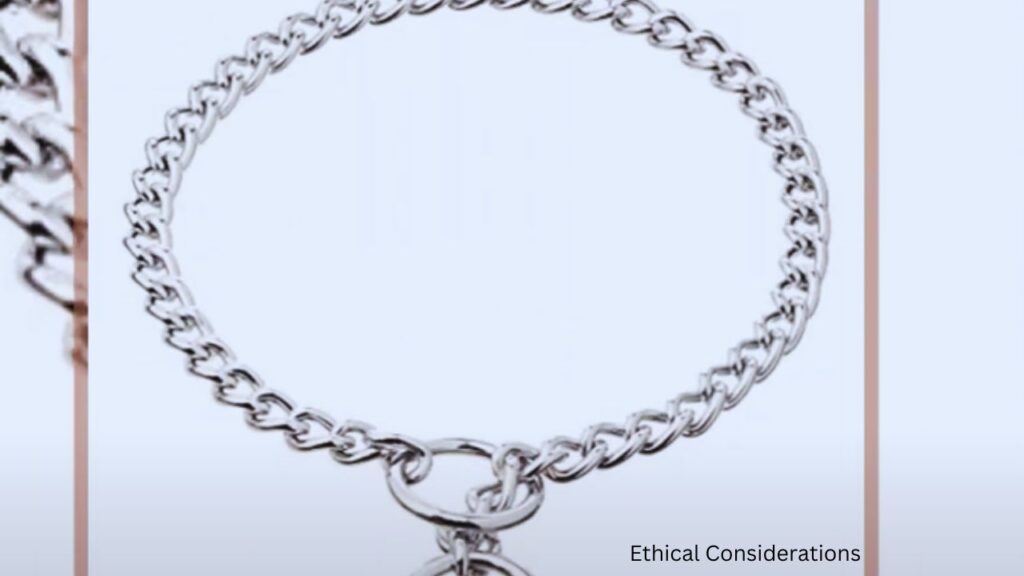
The use of choke collars raises ethical questions about humane training practices. Many veterinarians and professional trainers advocate for positive reinforcement techniques over aversive methods like choke collars. The potential for causing stress, anxiety, and physical harm makes choke collars a contentious choice in the dog training community.
For guidance on choosing the right collar size for an Airedale puppy, check out this detailed guide.
Comparison with Other Collar Types
Understanding how choke collars stack up against other types of collars can help you make an informed decision based on your dog’s specific needs.
Key Takeaways:
- Safety and Comfort: Unlike choke collars, martingale collars offer higher safety and comfort, making them suitable for advanced training without the choking risk.
- Training Efficiency: While choke collars provide immediate correction, they can cause stress and anxiety, reducing training effectiveness compared to humane alternatives like martingale collars or harnesses.
- Versatile Options: Harnesses and martingale collars present lower risks of discomfort and injury, leading to higher popularity among trainers and owners seeking ethical training methods.
For insights on whether Airedales are good off-leash, explore this comprehensive article.
How to Choose the Right Choke Collar
Selecting the appropriate choke collar involves considering various factors to ensure your dog’s safety, comfort, and training effectiveness.
Size and Fit:
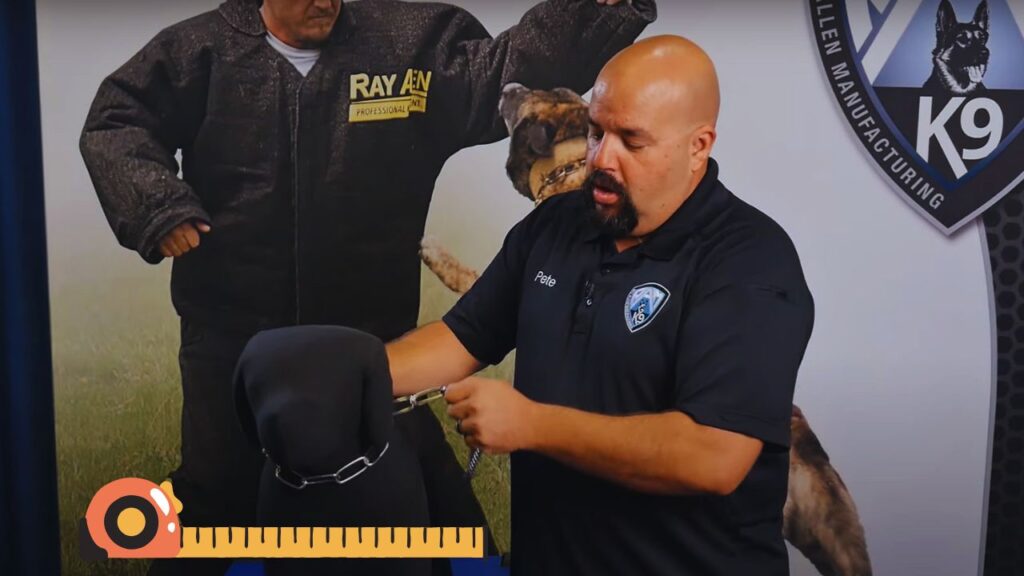
Measure your dog’s neck accurately and choose a choke collar that allows for a proper fit. The collar should tighten only slightly when the leash is pulled, without causing excessive pressure. For example, dogs with neck sizes between 15-25 inches should opt for collars within that range to prevent choking and discomfort. When I measured my Border Collie’s neck, I ensured the choke collar allowed just enough room to tighten gently without causing harm.
Material:
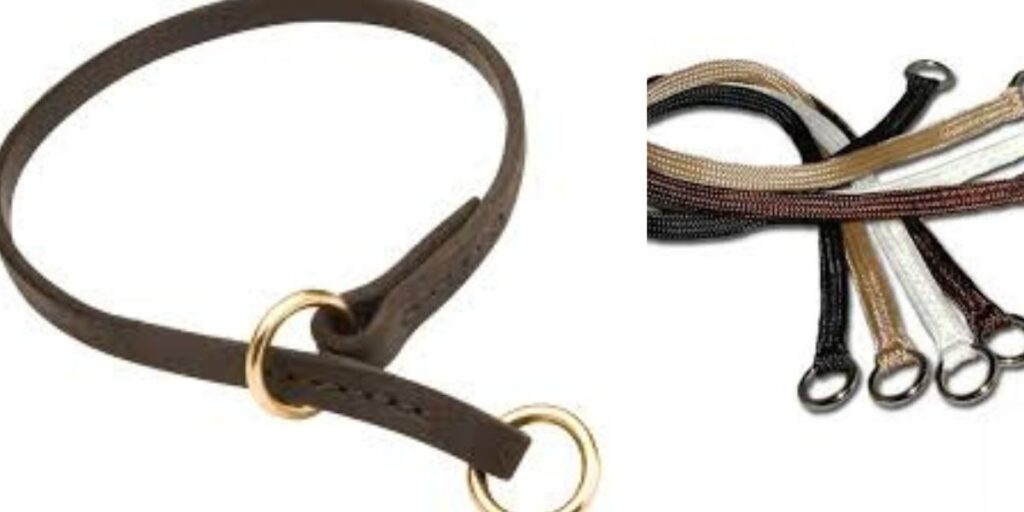
Choose a material that suits your dog’s lifestyle and skin sensitivity. Nylon choke collars are durable and easy to clean, making them ideal for active dogs. Leather choke collars offer a classic look but require regular maintenance to prevent wear and tear. My choice of a nylon choke collar was influenced by my Border Collie’s high activity levels and our frequent outdoor activities.
Width:
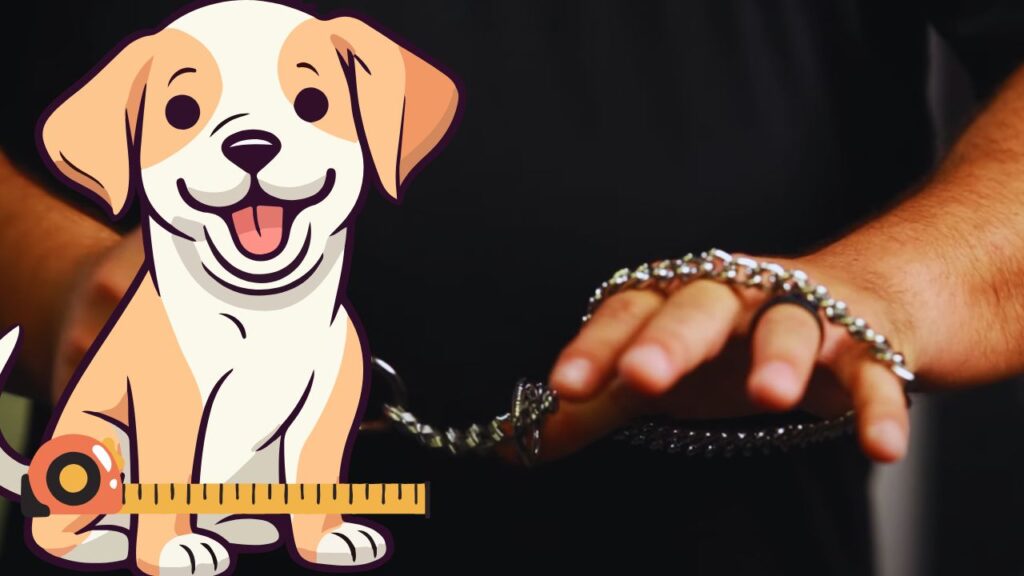
The collar width should correspond to your dog’s size and strength. Larger dogs may require wider collars (1-1.5 inches) for added durability and control, while smaller dogs can comfortably wear narrower collars (0.5-0.75 inches). My Border Collie’s collar is on the wider side, providing the necessary strength and stability during our training sessions.
Buckle Type:
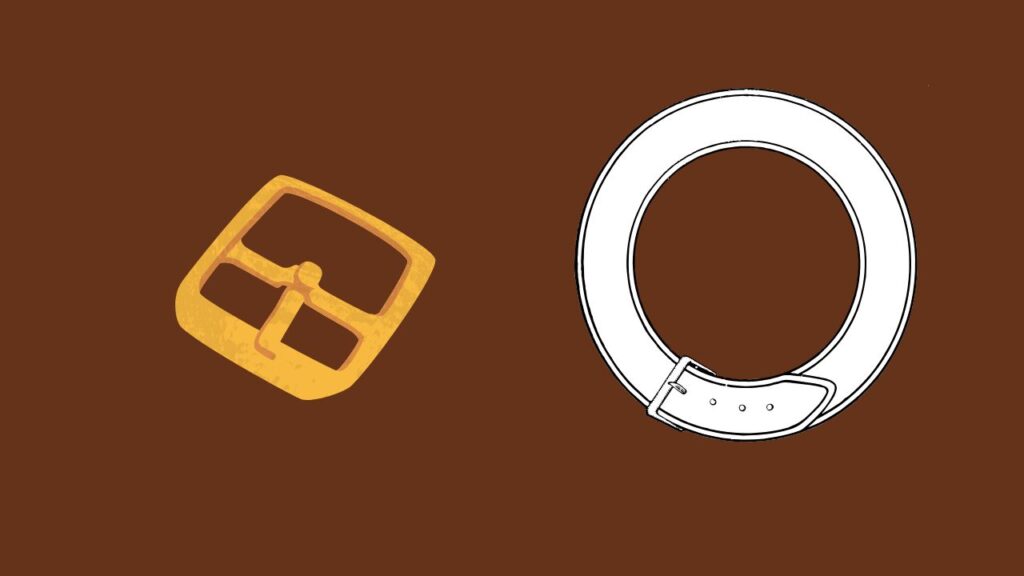
Ensure the buckle is sturdy and easy to use. Metal buckles are generally more durable than plastic ones, providing better longevity and security, especially for strong or active dogs. I opted for a metal buckle choke collar to ensure it could withstand my Border Collie’s enthusiasm and strength.
Control Settings:

Consider the range of control settings available. Look for collars that offer adjustable levels of pressure, vibration, and sound to tailor the training experience to your dog’s specific needs. This flexibility allows for a more humane and effective training process.
Reflective Features:
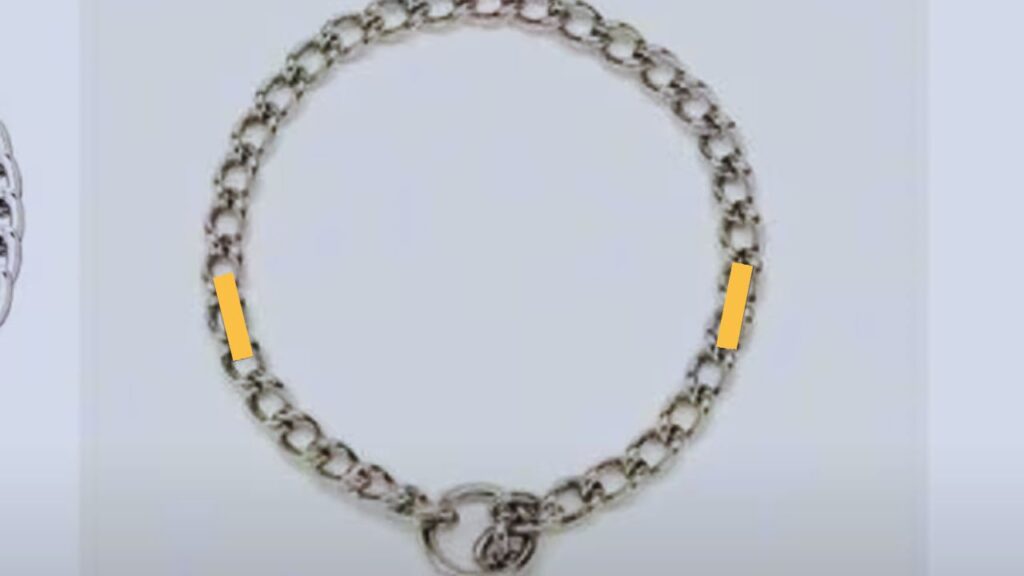
For added safety during nighttime walks, consider collars with reflective stitching or materials. Reflective choke collars increase visibility, enhancing your dog’s safety in low-light conditions. The reflective strips on my Border Collie’s choke collar provide peace of mind during our evening training sessions, ensuring he’s visible to passing cars and pedestrians.
Discover the benefits of using a harness by reading this guide on should a Collie wear a harness.
Proper Usage and Maintenance
Proper usage and maintenance of choke collars are crucial to ensure their longevity and your dog’s comfort and safety.
Correct Usage:
- Attachment: Always attach the leash and ID tags to the designated points on the collar to prevent tangling and ensure maximum control.
- Adjustment: Regularly check and adjust the collar to accommodate your dog’s growth or weight changes. An ill-fitting collar can cause discomfort or allow the dog to escape.
- Training Integration: Use the choke collar as part of a broader training regimen that includes positive reinforcement and consistent commands. Avoid relying solely on the choking mechanism for effective training.
Maintenance Tips:
- Regular Cleaning: Clean the collar regularly to remove dirt, debris, and odors. Nylon choke collars can be machine-washed on a gentle cycle, while leather collars should be wiped with a damp cloth and conditioned to maintain their quality.
- Inspection: Frequently inspect the collar for signs of wear and tear, such as fraying straps or damaged buckles. Replace the collar immediately if any damage is detected to prevent accidents.
- Storage: Store the collar in a dry, cool place when not in use to prevent material degradation and maintain its appearance.
Longevity:
With proper care, a high-quality choke collar can last up to three years or more, depending on the material and usage frequency. Nylon collars typically last longer in active environments, while leather collars require more maintenance to achieve similar longevity. My choke collar has been a reliable companion through numerous training sessions, maintaining its integrity and functionality over time.
Learn about the best practices for harness training to enhance your dog’s comfort and control during walks. Learn if Dachshunds need special collars to provide the right support and comfort for their unique body shape.
Best Practices for Using Choke Collars
To maximize the benefits and ensure the safety of your dog, follow these best practices when using choke collars.
Proper Fit:
- Two-Finger Rule: Always leave enough space to fit two fingers between the collar and your dog’s neck. This ensures the collar is snug but not too tight, preventing choking and discomfort.
- Regular Adjustments: Frequently check the fit, especially as your dog grows or gains weight. Adjust the collar to maintain a comfortable and secure fit.
Gradual Introduction:
- Acclimation: Introduce the collar gradually, allowing your dog to get used to the sensation. Start by letting your dog wear the collar for short periods indoors before extending usage to outdoor activities.
- Positive Reinforcement: Associate the collar with positive experiences by offering treats and praise when your dog wears the collar calmly.
Consistent Training:
- Routine Use: Incorporate the collar into your daily training routine consistently. Use it alongside commands, rewards, and regular practice to reinforce positive behaviors.
- Leash Training: Pair the collar with effective leash training techniques to enhance control and reduce unwanted behaviors like pulling.
Avoid Overuse:
- Limited Correction: While choke collars provide enhanced control, avoid using them for excessive corrections or as the sole training tool for behavioral issues. Overuse can lead to stress or discomfort.
- Supplementary Tools: For dogs that require additional training support, consider integrating other training aids like harnesses or clickers under professional guidance.
Professional Guidance:
- Trainer Consultation: Seek advice from professional dog trainers to ensure you are using the collar correctly and effectively. Proper training techniques can enhance the benefits of the choke collar and prevent misuse.
- Regular Check-ins: Periodically consult with your trainer to assess your dog’s progress and make any necessary adjustments to your training approach. Discover what size collar is best for a French Bulldog puppy to ensure both safety and comfort during their growing stages.
FAQs
Are choke collars suitable for all dog breeds?
Choke collars are not suitable for all dog breeds. They are generally recommended for medium to large breeds with strong pulling tendencies. Smaller or more delicate breeds may experience discomfort or injury from choke collars. It’s essential to choose the right type of collar based on your dog’s size, breed, and temperament.
Can choke collars be used for training?
Yes, choke collars can be used for training, particularly for correcting pulling behavior. However, they should be used with caution and as part of a broader training regimen that includes positive reinforcement. Misuse or overuse can lead to stress, anxiety, and physical injury.
How do I clean a choke collar?
Nylon choke collars can be machine-washed on a gentle cycle, while leather collars should be wiped with a damp cloth and conditioned to maintain their quality. Always follow the manufacturer’s cleaning instructions to prevent damage and ensure the collar remains safe and comfortable for your dog.
How often should I replace my dog’s choke collar?
Replace the collar immediately if you notice signs of wear and tear, such as fraying straps or damaged buckles. With proper maintenance, a high-quality choke collar can last up to three years or more, depending on the material and usage frequency.
Can choke collars cause neck injuries?
Yes, choke collars can cause neck injuries if not properly fitted or used correctly. It’s crucial to follow the two-finger rule to ensure the collar is snug but not too tight, preventing any potential harm. Regularly inspect the collar for signs of wear and adjust as necessary to maintain safety.
Wrapping Up
Choke collars can be a controversial choice for dog owners seeking control and training solutions. While they offer effectiveness in modifying unwanted behaviors, the potential risks to your dog’s safety and comfort cannot be overlooked. Understanding the proper usage and maintenance of choke collars is key to minimizing these risks, but exploring safer alternatives like martingale collars or harnesses might be a better option for many dogs.
Understand if French Bulldogs can wear dog collars and how it affects their neck structure and overall health. Hope so, now you know the answer: Are choke collars good for training dogs?
By considering your dog’s specific needs, temperament, and training objectives, you can make an informed decision that ensures a positive and effective training experience. Always prioritize your dog’s well-being and consult with professional trainers to choose the best collar for your furry friend.

